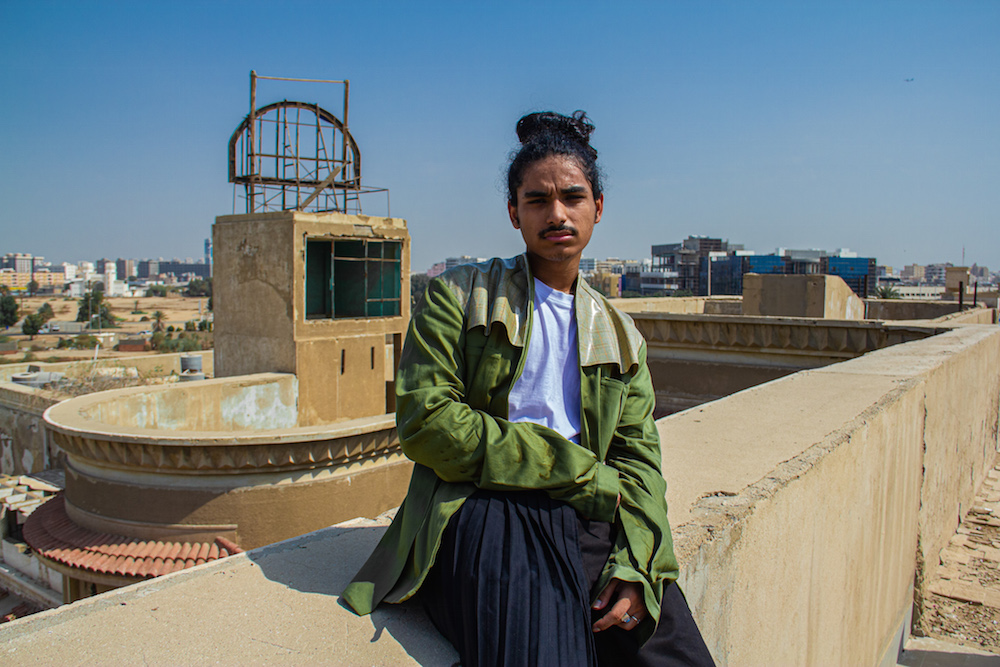
Fashion
One And Four Studio | Meet founder Engy Mahdy

Hello Engy. Could you talk a little bit about yourself and about One and Four Studio?
I’m an Egyptian designer, I was born in Cairo but grew up in New Zealand, I lived a period of time in Saudi Arabia and finally have settled in Dubai where I launched by brand. I’ve been moving around my whole life and consider myself somewhat of a global citizen. I love exploring countries and especially the nature side, I love to hike and being outdoors and feel that all my travels in one way or another influence my creative process.
One and Four Studio is my streetwear brand, the word studio in the name is because I didn’t want to limit what we do to clothing only, I eventually want it to be an encompassing design studio that also produces jewelry, installations and perhaps even furniture in the near future.
It’s been two years since you’ve launched One and Four. How has the experience been so far?
It’s been quite the adventure with its fair share of ups and downs. When I launched my brand, I was simultaneously consulting for regional designers as a master pattern maker. While that was manageable at first, I started to get too busy for my brand and it really slowed down for a while. So about 6 months ago I took the decision to put all my focus on the brand and give it all my time so that it can properly grow, and that’s when I worked on this new collection.
Let’s talk about One and Four Studio’s third collection for Fall 2020, “Ride The Sky”. For you, what does it mean to ride the sky?
In my mind, it’s about riding high, above conflict, above small issues, above the things don’t really matter and focusing your energy on bettering yourself, making a change, making an impact, or really whatever it is that is truly important to you.
The collection is inspired by equestrian clothing. You have a passion for—and a personal training in—horse riding. What made you realize that this passion could serve as a vision for one of your collections?
So much of clothing design is actually derived from different and specific sportswear. You see so many variations on pants with stitched leather knee pads, derived from motorbike pants. T-shirts based on jerseys from football or basketball and tennis wear becoming almost an entire aesthetic. This is because sportswear is built for purpose, for a practical reason and with every functional design, becomes somewhat of a particular aesthetic. So for me, horse riding is a sport that I can directly relate to and draw from so that it feels authentic to me and in turn, to the wearer.
“Ride The Sky” is all about versatility. You have unisex pieces, you have elements that are interchangeable, items that can be mixed and matched… Why is it important to have this flexibility/ambiguity in your vision?
Above all, the reason behind this is sustainability, the idea that you don’t need so much in your wardrobe, showing that you can rewear your pieces in multiple ways. I want to advocate that it’s okay to rewear pieces, to repeat an entire outfit even, it’s okay to have the same item of clothing for years! I feel people get too caught up on constantly looking new and trendy and this mindset has had such a huge impact on the environment.
The consumer keeps demanding more and more new product and the industry keeps providing. Whereas we really could be reducing the amount we produce and increasing the quality of make and design so that the pieces become timeless. I don’t particularly think I can change this alone, or even myself and 100 other designers, it has to come from the big guys, the H&Ms and the Zara’s. But if we can at least all reduce our consumption, perhaps they will also reduce their production and in turn, their waste.
There’s a lot of fierce attitude in your look books, whether it’s through the models’ gaze and pose, or through the raw intensity of the setting. You even believe that equestrian sport and horses connote power and beauty. How important for you is it to translate this attitude into your clothes?
I like that comment and appreciate the observation. I definitely want to portray an air of strength and resilience, for self-expression and attitude but also for the actual clothing. The quality and practicality.
Do you feel that your clothes give your clients this confidence and edge, or is it simply that people with a strong identity are the ones buying your clothes?
I really believe that we all have a relationship with our clothing. We either choose to allow our clothing to speak for us, or we use our clothing to express a message and wear it in unexpected ways. And that’s up to each person, so I can’t say exactly what my clothes give to the client, because it will be relative to each person.
You’ve previously mentioned that, since you’re constantly moving, you’re from nowhere and everywhere. Yet, your AW20 look books have a very Middle Eastern feel. Was it a conscious decision to focus on this identity for “Ride The Sky”?
I think this did end up happening as I associate horse riding a lot with Egypt as thats where most of my training happened, so when I was looking at horse riding and the life that surrounds it, that’s definitely what landed me back in Cairo for the womenswear shoot, it was so special to shoot there, because it’s where it all began for me. The menswear shoot actually took place in Jeddah, another place I called home for some time when I was younger. It was very important to me to showcase different regional talents and faces and hope we can continue to do so in our upcoming collections.
One and Four Studio has always been a label that is concerned with ethical and sustainable fashion. For your third collection, you’ve decided on reducing the production of items. Could you elaborate on that strategy, and its repercussions on both the environment and your label as a business?
Yes, we’ve always been a conscious brand, but now even more so. It was really conflicting for me, the idea of producing more in a world where there is already so much. I still wanted to create clothing and other items but also realised I could perhaps also educate on the matter while I continue to learn about it myself.
For this collection and moving forward, as much as possible we will use dead stock fabrics (fabrics that are leftover from large production and would have gone to landfill), recycled cotton for t-shirts and sweaters as well as natural dyes. Apart from that, I mostly produce in the UAE where I can go to the factories myself and see how it is. However for the items produced abroad, I make sure that they have certifications for fair trade, fair wages, worker safety, and organic/ recycled materials – essentially ensuring they have a certification for whatever they claim. Which is something I recently learnt to ask for. It’s all a learning process, I can’t say I’m doing everything perfectly, but progressively better and better over time and hope this will help in even the slightest way help in remedying the massive problem of fast fashion.
From a business perspective, since the collection is only available via pre-order, I worried this could be a deterrent for many who are used to shopping online and receiving their items within days, however, it seemed appropriate to ensure that we live up to our sustainable brand claim and so far it has been received very positively and it’s so encouraging to see our clientele support the new direction we are taking.
A lot of brands nowadays are adopting sustainable practices, so much that you feel that this direction is merely a commercial tactic. How do you discern genuine labels who are actually concerned in the ecology?
To be honest, even if they aren’t genuinely concerned with the environment and are doing it for publicity, so be it, as long as they’re actually doing it and not just claiming to be. If sustainability becomes hype and cool, well that would be a win-win for everyone. There are however a few tactics conscious shoppers can use to identify genuinely sustainable brands, from checking the type of fabrics, organic materials are always far more sustainable than synthetics, the type of dyes used, and most importantly taking the time to ask who made this? I always say a little research goes a long way and I have so much faith that more and more consumers will be interested to know what’s behind the pieces they buy.
Finally, looking back at your journey, is there a concept, a certain direction, or a venture you wish you didn’t go through with—or one you wish you did?
No regrets, I learn from everything I’ve done. Sometimes I feel frustrated with having lost time with my brand while doing work for clients, but I remind myself that from those experiences I learnt more than I thought about running a practice. As I mentioned, I do want to venture into other forms of design and will be delving more deeply into this over the next year, with the overarching philosophy of keeping all practices thoughtful and sustainable.
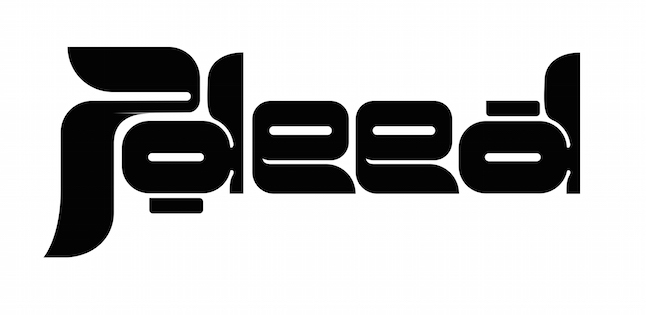
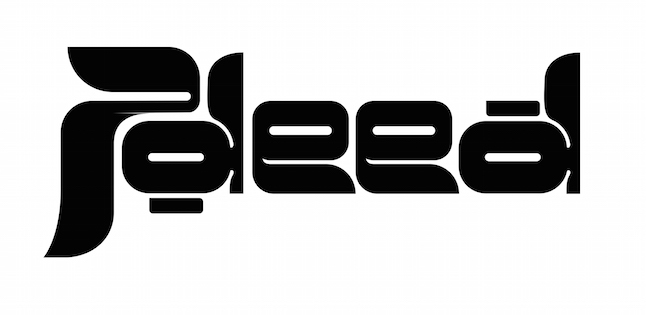
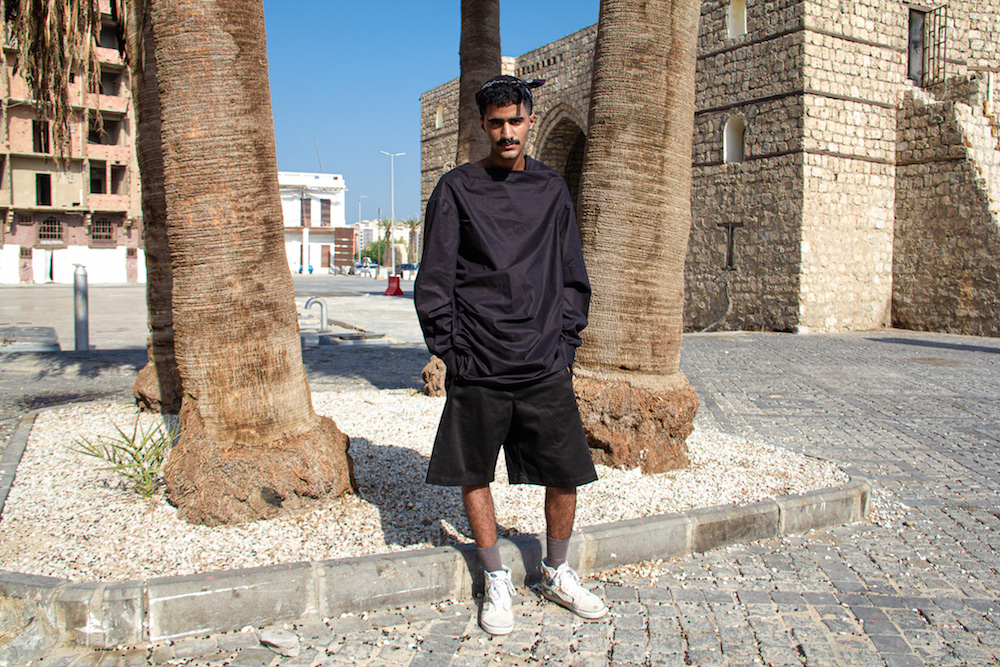



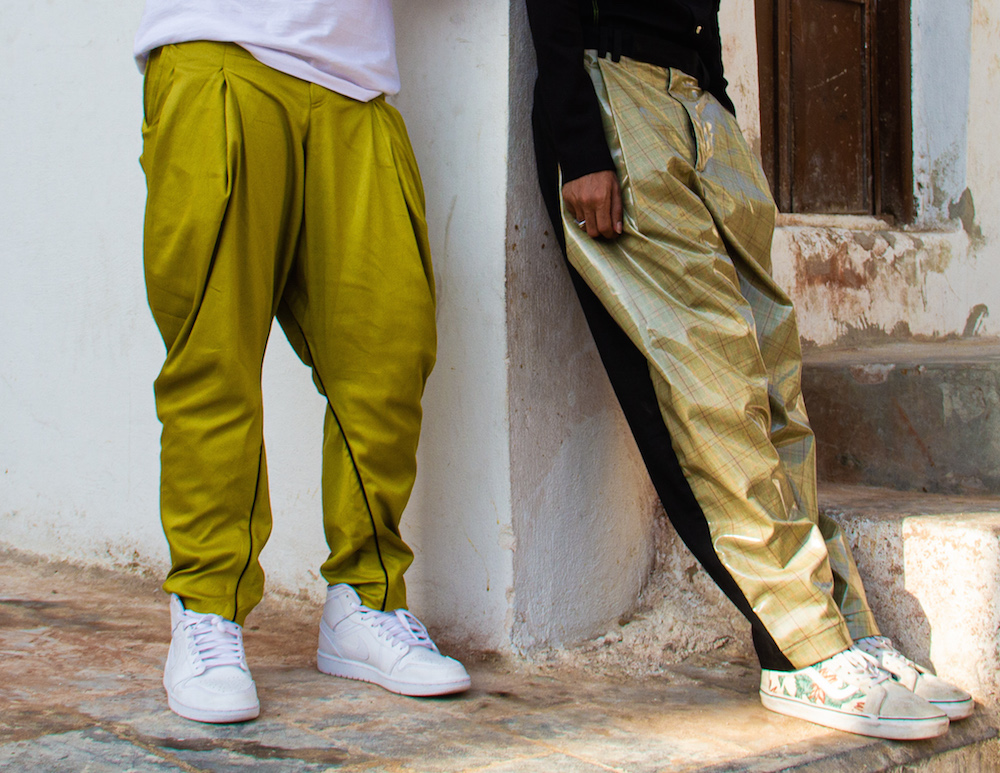
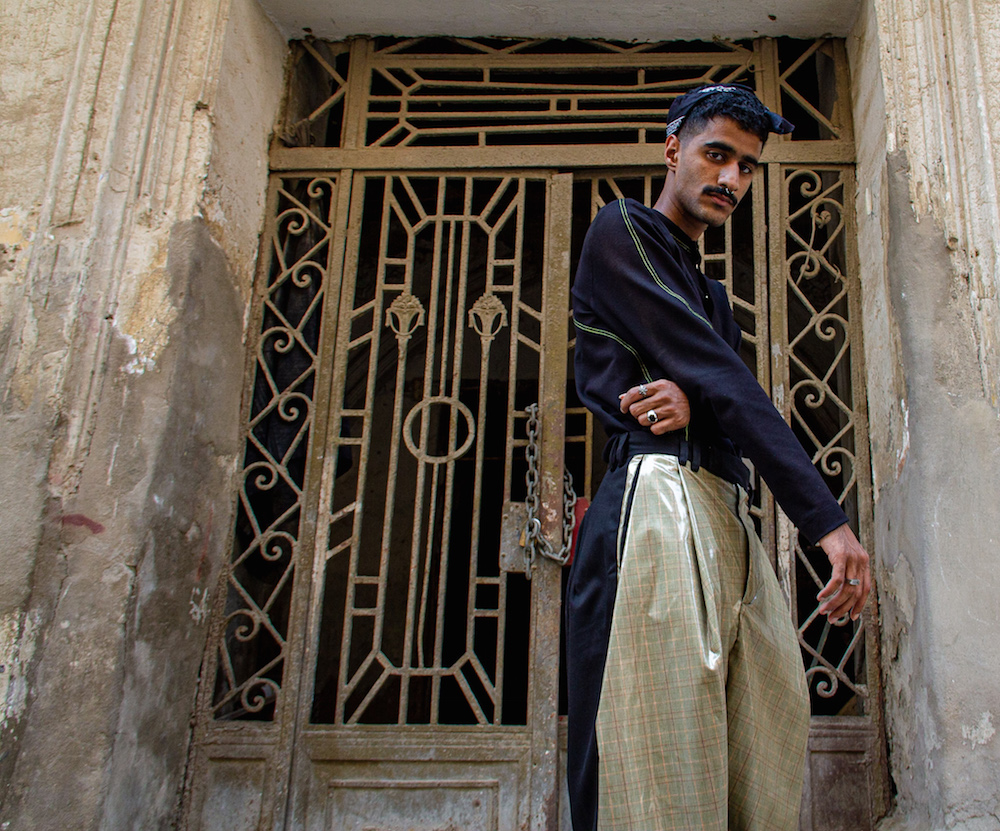



0 comments